PLC Object Oriented Programming Language Examples
- Home >
- vocational-training >
- plc-training >
- programming >
- plc object oriented programming examples
Learn by doing IEC-61131-3 OOP programming examples in CODESYS PLC simulator
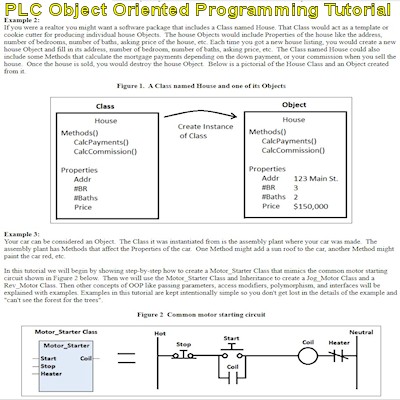
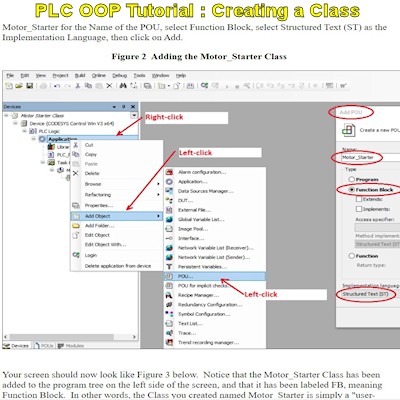
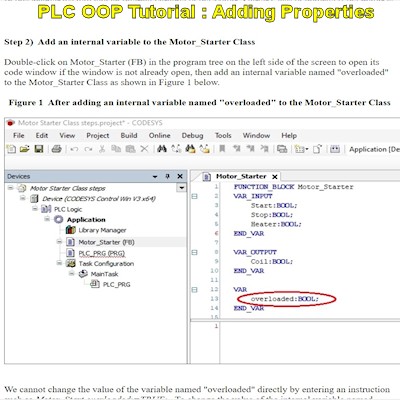
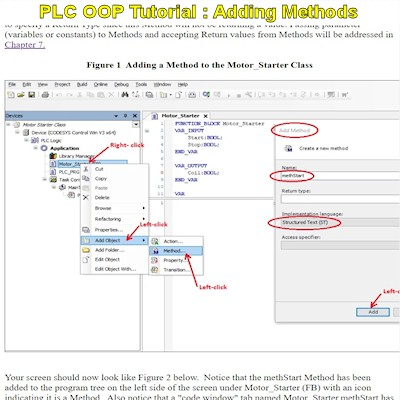
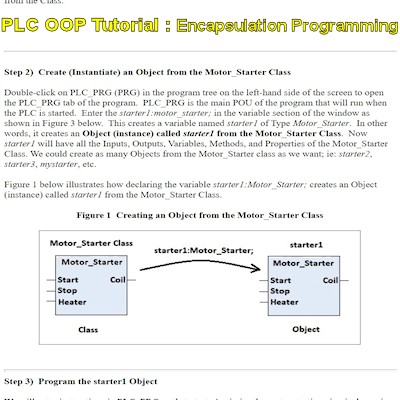
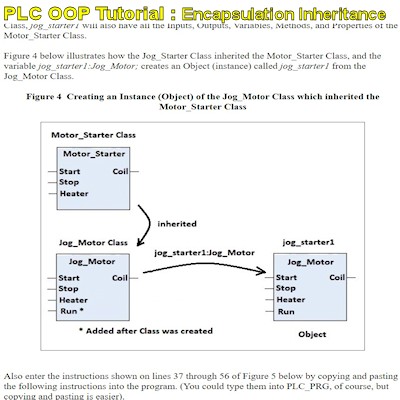
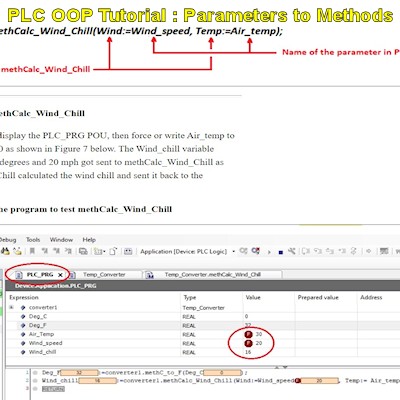
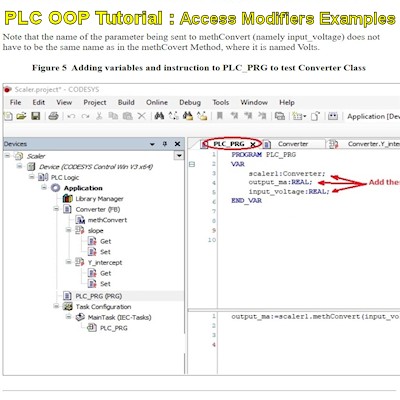
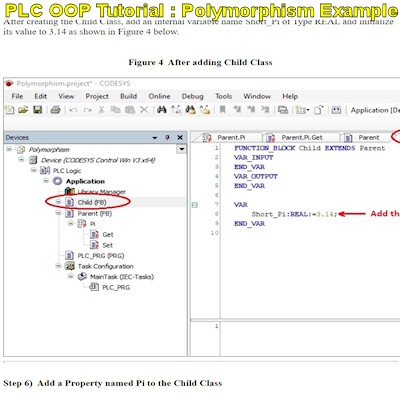
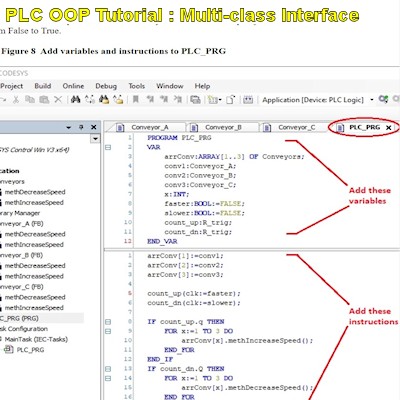
Click on pictures to see larger screen shot with more details.
Download these Object Oriented Programming examples in Structured Text programming language, with exercises to get hands-on in the free Codesys HMI/PLC simulator. Even if you are not designing a system, but rather just troubleshooting or modify a PLC program that uses the OOP programming method, having a working knowledge of the Object Oriented Programming language will make the job much easier. The experience gained in this OOP tutorial will be invaluable to your career advancement. Instructor Rick will walk you through creating each of the OOP examples, and then making several modifications to each program to maximize the learning experience.
PLC Object Oriented Programming Examples:
- PLC OOP Programming Introduction
- Creating a Class Examples
- Adding Properties to a Class Examples
- Adding Methods to a Class Examples
- Encapsulation Programming (Creating Objects from a Class)
- Codesys Class Inheritance Examples
- Passing Parameters to a Method Examples
- How to Access Modifiers Examples
- Polymorphism of a Class Examples
- Multi-class Interface Examples
This OOP Tutorial is great for those who are tired of trying to watch videos with unclear narration to learn OOP. This OOP tutorial will show you step-by-step how to program a PLC using OOP with Codesys in simple, easy to understand, examples. In case you are still not sure if you need this Object Oriented Programming experience, maybe a little more About the Object Oriented programming language below will help.
About the Object Oriented programming language
OOP is a way to package computer code or PLC (Programmable Logic Controller) instructions into reusable blocks or "objects" that can be used multiple times in a program or in other programs. OOP is a way to add structure to a program and keep program sections separate from one another so that the program does not end up with "spaghetti code" where multiple instructions affecting multiple elements are all mixed up together. OOP is not a new programming language in-and-of-itself, but rather a way to package code to make programs more efficient, reusable, and modifiable. High-level computer languages like C and C++ have used OOP for years, and recently OOP has crept into the programming of PLCs and has been added to IEC-61131-3 OOP.
OOP is not a specific programming language, it is a methodology. Another PLC Object Oriented Programming example is the one the PLC programming software uses itself. The learner from this course will be well familiar with dragging a timer instruction onto the output of a rung of logic. That timer instruction dragged is an object class, and the resulting copy on the rung is an instance(copy) of that class. It is encapsulation in object oriented programming.
Encapsulation is an Object Oriented Programming concept that creates an instance of an object (class) by combining together the data and functions (methods) that manipulate the data (properties), and that keep both safe from outside interference and misuse. Data encapsulation led to the OOP concept of data hiding.
This OOP tutorial download also comes with an introduction section for you to learn the purpose of the OOP examples, what you need to use them how best to use them. The introduction section is also helpful for companies and schools that are purchasing our perpetual site license for unlimited users per physical location. (Note: Single User License is defined as it is with our certificate courses, 'a single learner/person can view and benefit from the learning material'.)
Order Now - Both the single learner license and the site license never expire, and open in your browser window.
With a single user [learner] license purchase, you will receive an email with download right away.
After site license purchase below, within 24 hours of the order being placed, you will receive an email with the download. A 'site license' is per facility or campus, if you have multiple physical locations, you would order one site license per location.
Learning Path:
We recommend ...
1st PLC Programming Basics course
3rd Structured Text Programming course
4th Complete PLC Programming (ST) exercises
5th Complete PLC OOP exercises (This page)
Related Electrical Training Bundles:
The PLC Technician - The Automation Specialist - The Maintenance Technician - The ITI & Technician's Dream

